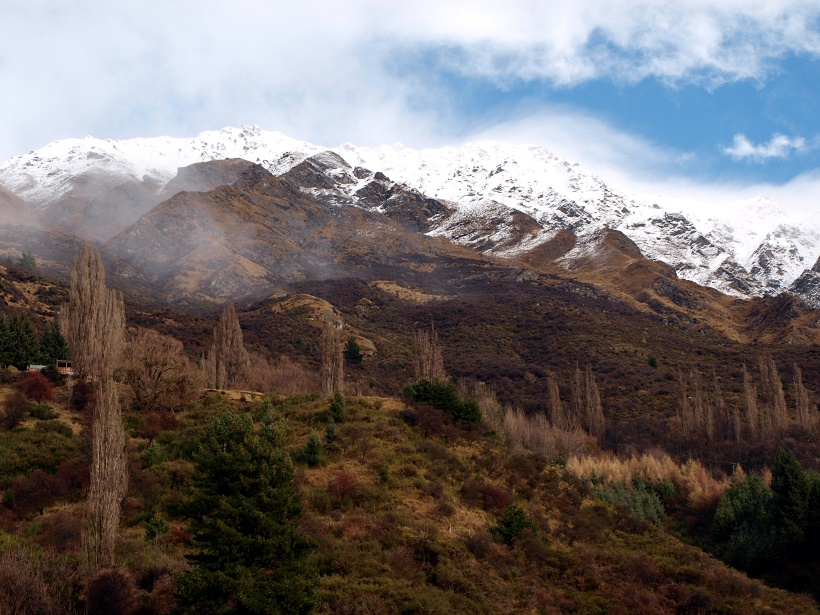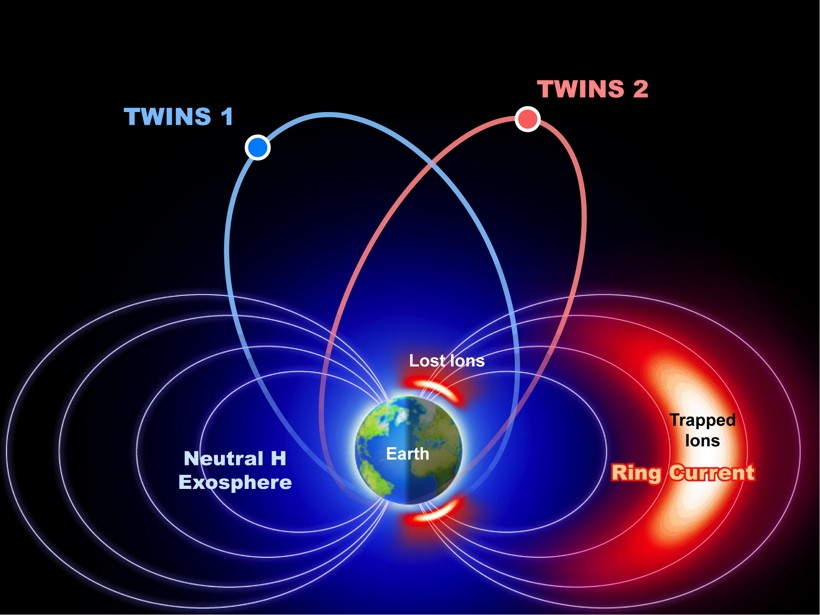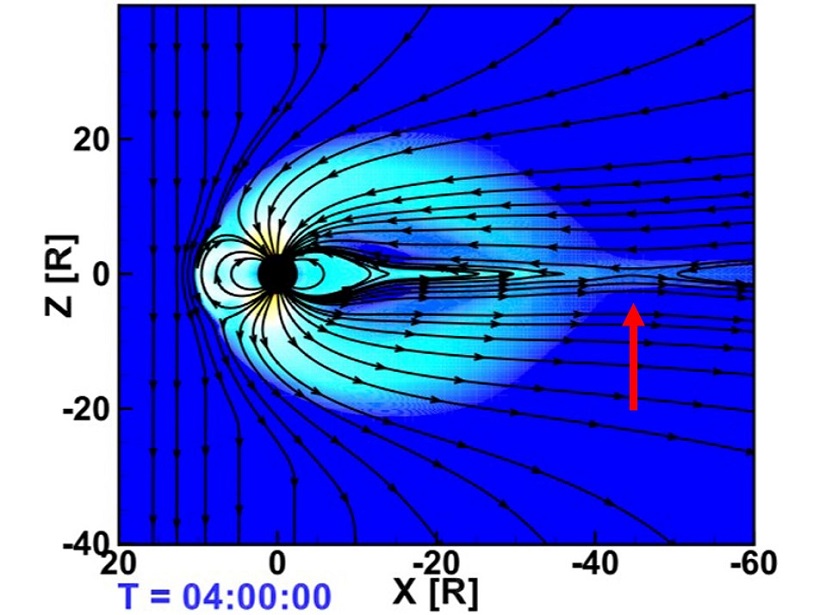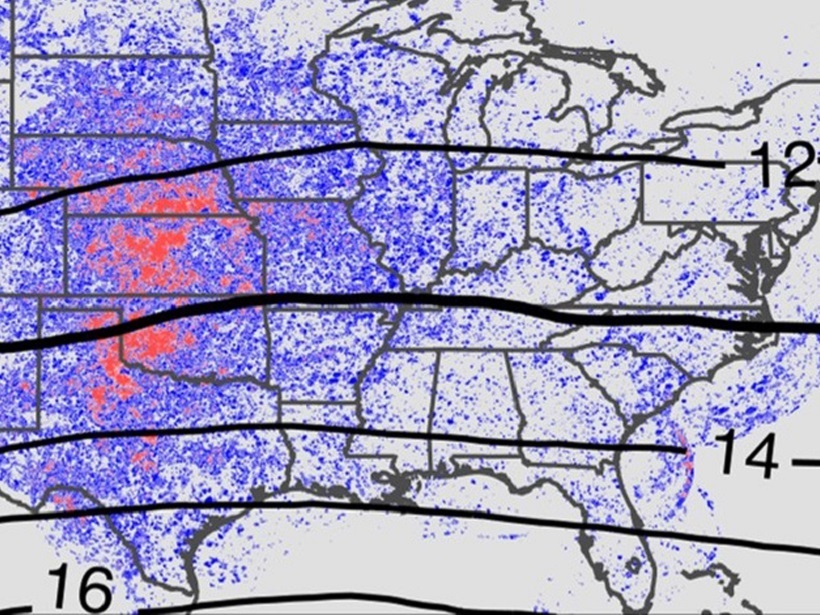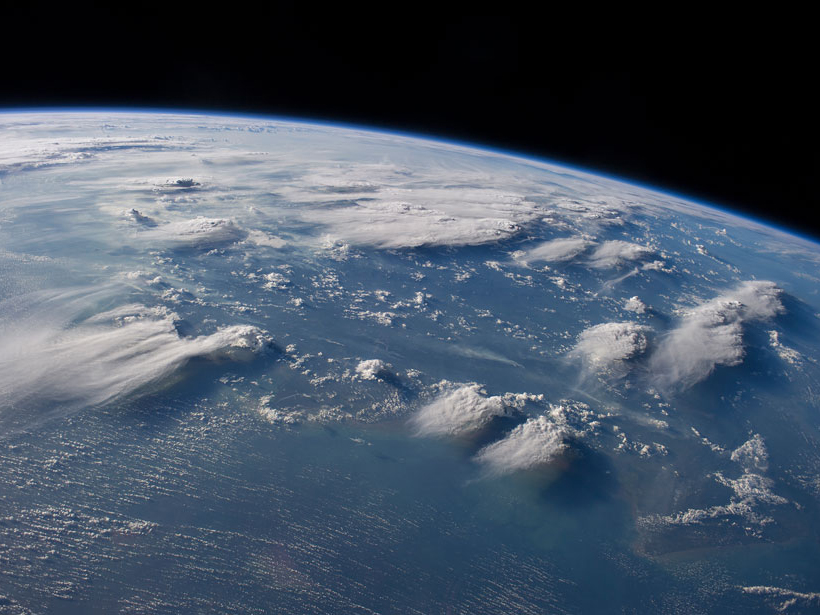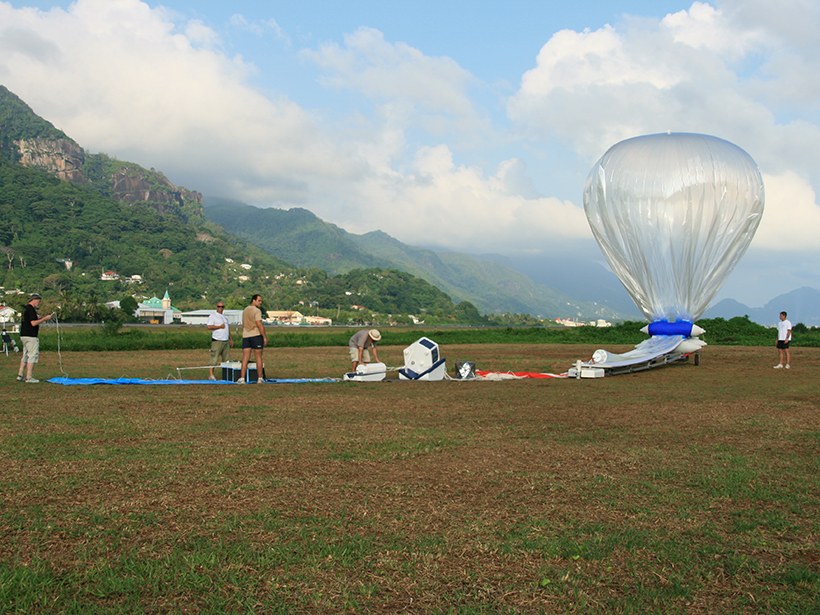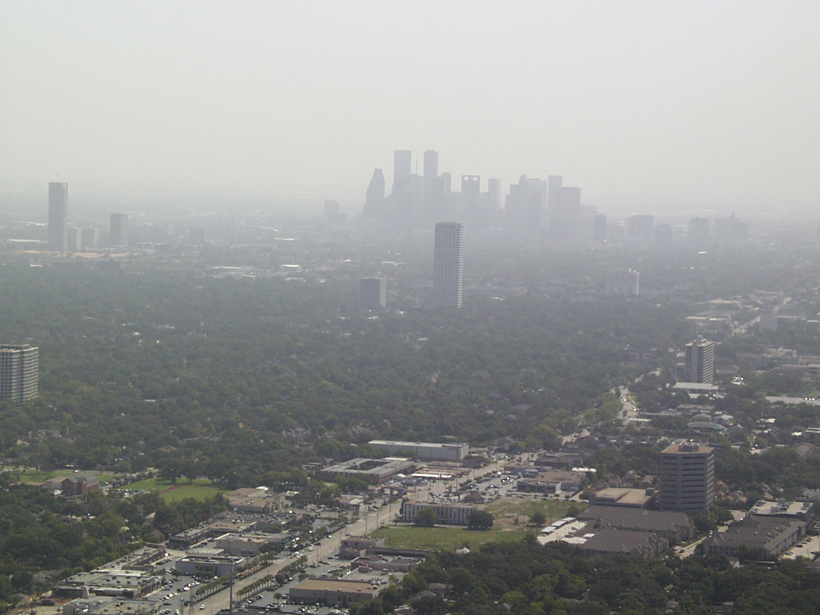Atmosphere and land model development has historically been segregated but coupled processes crucial to prediction and extremes can be properly represented only with a holistic approach.
everything atmospheric
The Big Picture in Geospace
A NASA stereo-imaging mission called TWINS continues to push the boundaries of what we know about the region of space close to Earth.
Evidence That Earth’s Forehead Controls the Wagging of its Tail
Yes, Earth has a tail, a magnetotail, and there is debate about how much Earth’s upper atmosphere plays a role in the controlling the dynamics of this region of space.
How Sudden Stratospheric Warming Affects the Whole Atmosphere
High above Earth’s surface, air temperatures occasionally increase suddenly, producing widespread effects on weather, air chemistry, and telecommunications.
Improving Temperature Forecasts in the Upper Atmosphere
Scientists are blending output from multi-year model runs to improve temperature forecasts in regions where satellites experience “drag,” in the hopes of avoiding future spacecraft collisions.
Continental Convection Reaches New Highs
Ten years of high-resolution gridded NEXRAD radar data provide a new data set to quantify tropopause-overshooting convection over the continental United States.
Modeling Storm Evolution
A “moist shell” makes all the difference in how some storms evolve.
Around the World in 84 Days
In the Stratéole 2 program, set to launch in November 2018, instruments will ride balloons into the stratosphere and circle the world, observing properties of the air and winds in fine detail.
Can Atmospheric Science Improve Global Disaster Resilience?
Scientific understanding of atmospheric hazards and their interconnectivity can contribute to international policy and disaster risk management.
Ozone Pollution Maps Show Spikes Amid Broad Declines
Exceptionally comprehensive new maps detail current global concentrations and 15-year trends.

